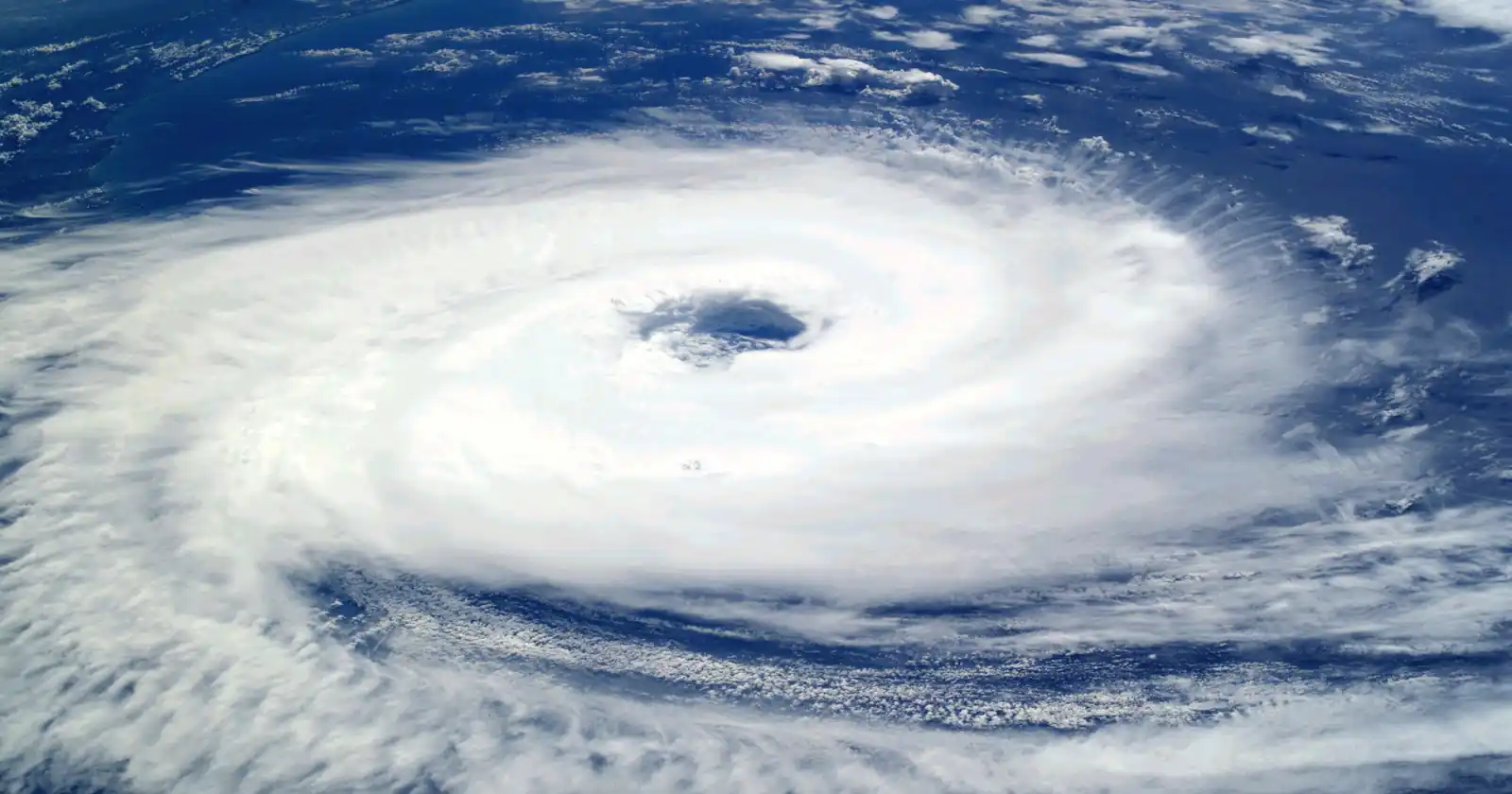Cyclone ‘Remal’ is brewing in the Bay of Bengal, posing a significant threat to the coastal regions of West Bengal and Bangladesh. The India Meteorological Department (IMD) has issued warnings, anticipating the cyclone to escalate into a severe storm by May 25 and make landfall on May 26. Understanding the formation, trajectory, and potential impact of Cyclone Remal is crucial for preparedness and mitigation efforts in the affected regions.
Formation and Trajectory of Cyclone Remal
Initial Low-Pressure Area
The journey of Cyclone Remal began as a low-pressure area over the southwest and west-central Bay of Bengal. This system started moving northeastwards, indicating the early stages of cyclonic development.
Development into a Cyclonic Storm
According to IMD, the low-pressure area is expected to consolidate into a depression by May 24. This depression will further intensify into Cyclone Remal over the east-central Bay of Bengal by May 25 morning. The favorable sea surface temperatures and atmospheric conditions contribute significantly to this rapid intensification.
Expected Path and Landfall
Cyclone Remal is projected to move northwards, approaching the Bangladesh and West Bengal coasts by the evening of May 26. The IMD predicts wind speeds ranging from 100 to 120 kmph, classifying it as a severe cyclonic storm.
Meteorological Factors Influencing Cyclone Remal
Sea Surface Temperatures
The south Bay of Bengal has been experiencing sea surface temperatures 2–3°C higher than average, providing the necessary heat and moisture for cyclone formation. These warm waters are a crucial factor in the intensification of Cyclone Remal.
Madden Julian Oscillation (MJO)
The Madden Julian Oscillation, an eastward-moving band of clouds and winds, is currently positioned south of the Bay of Bengal. This phenomenon enhances cyclonic activity by providing a rotational trigger necessary for the storm’s development.
Monsoon Progression
There is a possibility that the rapid northward progression of the monsoon could suppress the vertical development of Cyclone Remal, potentially reducing its intensity. If this occurs, the system might manifest as a monsoon depression, bringing significant rainfall but less severe wind conditions.
Potential Impact on West Bengal and Bangladesh
Wind Speeds and Damage
With predicted wind speeds between 100 and 120 kmph, Cyclone Remal is expected to cause considerable damage to structures, vegetation, and infrastructure. Coastal regions should brace for strong winds capable of uprooting trees and damaging buildings.
Heavy Rainfall and Flooding
The cyclone is likely to bring heavy rainfall, leading to potential flooding in low-lying areas. Urban regions might experience waterlogging, disrupting daily activities and transportation.
Storm Surge
Coastal areas are at risk of storm surges, which can result in significant flooding and erosion. Communities near the coast should be prepared for possible evacuations and take measures to protect property and lives.
Preparation and Safety Measures
Government Actions
Authorities in West Bengal and Bangladesh have started preparing for Cyclone Remal by mobilizing disaster response teams and setting up relief camps. Evacuation plans are in place for vulnerable areas, ensuring the safety of residents.
Community Preparedness
Residents are advised to stay updated with official warnings and advisories. It is crucial to secure homes, stock up on essential supplies, and follow evacuation orders promptly. Community cooperation is vital in mitigating the impact of the cyclone.
Long-Term Resilience
Building long-term resilience involves investing in infrastructure that can withstand cyclonic conditions and improving early warning systems. Educating communities about cyclone preparedness and response can significantly reduce the risks associated with such natural disasters.
Conclusion
Cyclone Remal poses a significant threat to West Bengal and Bangladesh, necessitating immediate and coordinated preparedness efforts. By understanding the cyclone’s development and potential impact, communities can take proactive measures to safeguard lives and property. Continuous monitoring and adherence to official advisories are essential in navigating the challenges posed by this severe weather event.
FAQs:-
How is Cyclone Remal expected to impact West Bengal?
Cyclone Remal is expected to bring strong winds, heavy rainfall, and potential flooding to West Bengal. Coastal regions may experience storm surges, causing significant damage and necessitating evacuations.
When is Cyclone Remal expected to make landfall?
Cyclone Remal is projected to make landfall near the Bangladesh and West Bengal coasts by the evening of May 26, 2024.
What measures should residents take to prepare for Cyclone Remal?
Residents should secure their homes, stock up on essential supplies, stay informed through official channels, and follow evacuation orders if issued. Community preparedness is crucial in minimizing the cyclone’s impact.
What are the key factors contributing to the formation of Cyclone Remal?
High sea surface temperatures in the Bay of Bengal, favorable atmospheric conditions, and the Madden Julian Oscillation are key factors contributing to the formation and intensification of Cyclone Remal.
How will the progression of the monsoon affect Cyclone Remal?
The rapid northward progression of the monsoon could suppress the vertical development of Cyclone Remal, potentially reducing its intensity and resulting in a monsoon depression instead of a severe cyclone.
What are the potential risks associated with Cyclone Remal?
The primary risks include strong winds, heavy rainfall, flooding, storm surges, and damage to infrastructure and vegetation. Coastal regions are particularly vulnerable to these impacts.
